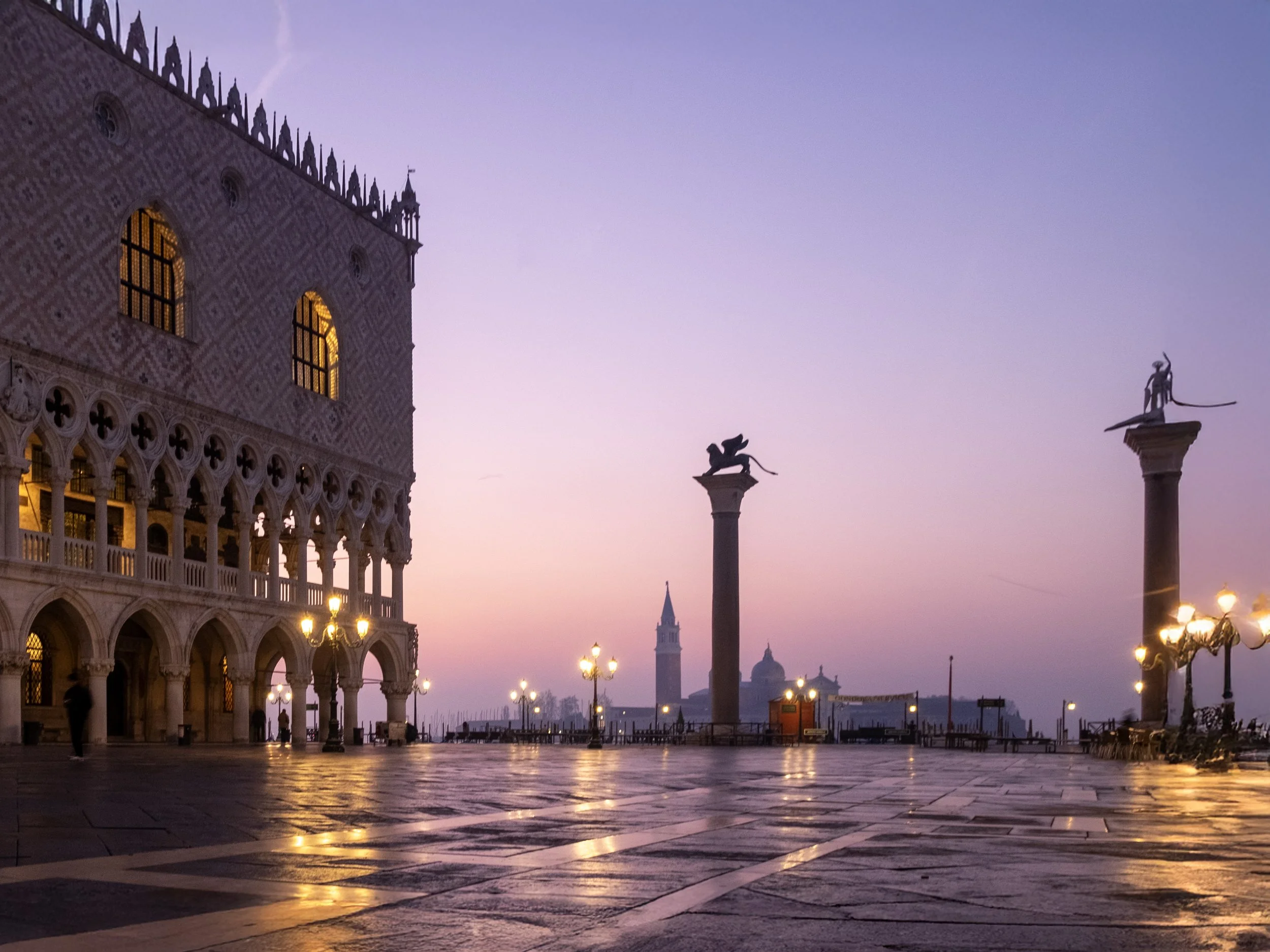5h Workshop in Venice “Pause Before You Photograph”
/Before the shutter, there is a moment.
Most people miss it.
Most photos are taken before we actually see.
We arrive somewhere interesting, lift the camera, and start reacting. Light changes, people move, something catches the eye and the shutter goes almost automatically. Later, looking at the files, we sense it: the image was close, but not quite there. Something is missing.
The problem is rarely technical. It is not about lenses, settings, or even experience. It is about attention. About arriving too fast.
Pause
The first few minutes in a place matter more than most photographers realise. Before the camera comes up, there is a moment where the space begins to reveal its rhythm. Light, movement, repetition, silence. When we skip this pause, we shoot at a place rather than with it.
Pausing is not doing nothing. It is active observation. Noticing where the light settles, where people hesitate, what keeps returning to the same corner of the frame.
Reflect
Reflection is editing before the shutter. It is asking simple questions: Why this scene? Why now? What am I actually responding to?
This is where many images are lost, not because the photographer did not see something, but because they did not wait long enough for it to become clear. Reflection creates intention. It narrows choices. It turns noise into direction.
Create
Only then does creating make sense. Fewer frames, but with purpose. Waiting for alignment instead of forcing it. Accepting that sometimes the best decision is not to take the photograph at all.
When creation comes after pause and reflection, the result is quieter, more precise, and often more personal. The photograph feels earned.
Why slow matters
We live in a time of speed. Fast sharing, fast feedback, fast forgetting. Slowing down is not nostalgia, it is resistance. It is choosing depth over volume.
This approach is not about being passive or precious. It is practical. It leads to stronger images and a clearer understanding of why you photograph in the first place.
From practice to workshop
This way of working is the foundation of Pause. Reflect. Create., a five-hour photography workshop built around attention, timing, and intention. It is not a photo walk or a location checklist. It is time set aside to see clearly before acting.
If you feel pulled by this way of seeing, this is an invitation, not a pitch.










































